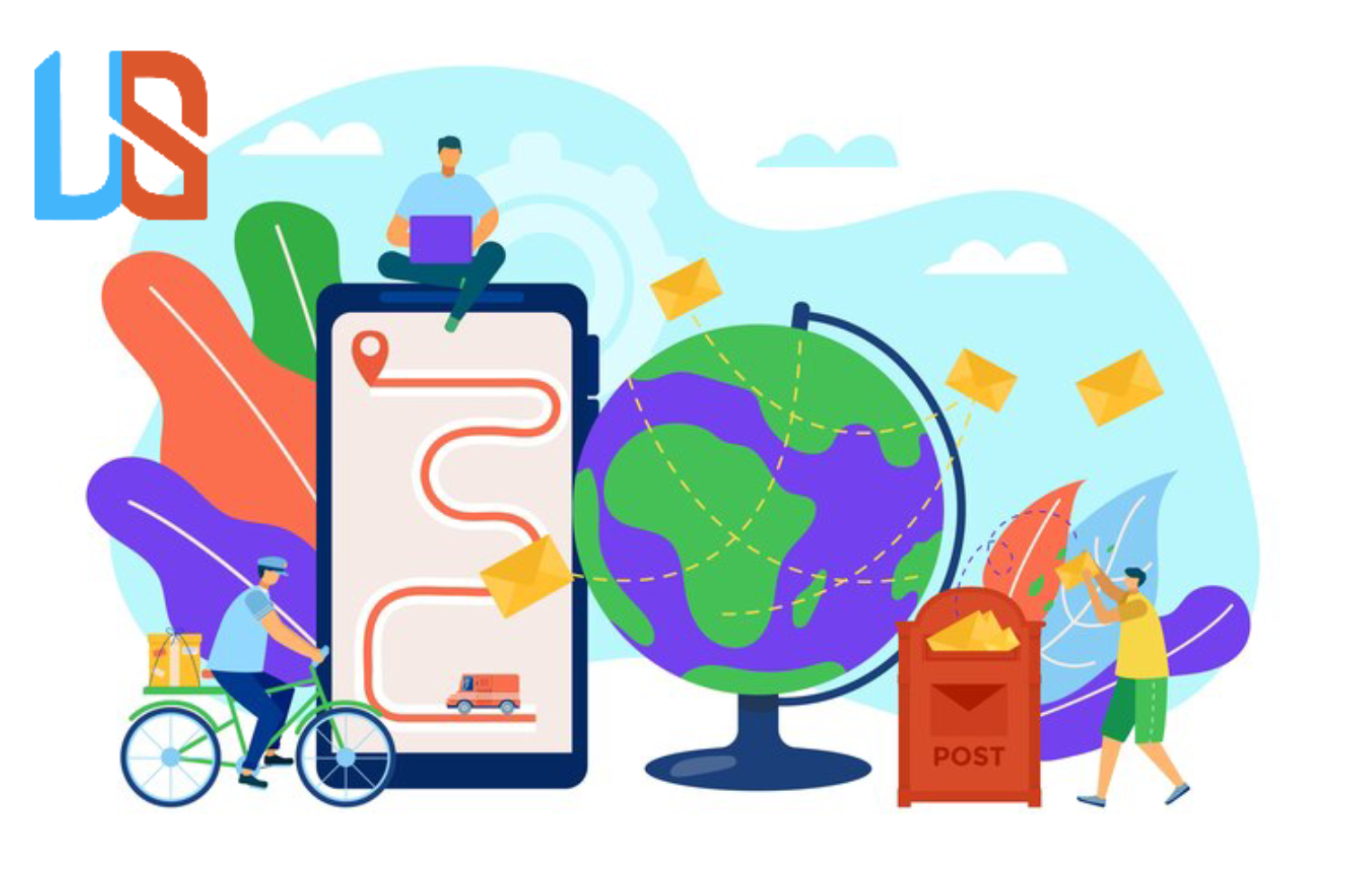
Introduction to Web Accessibility and ARIA
Web accessibility is essential for creating inclusive websites and ensuring that all users, including those with disabilities, can access and interact with web content. Accessible Rich Internet Applications (ARIA) is a set of attributes and roles that enhance the accessibility of web content for users with disabilities. In this article, we will focus on ARIA landmarks and roles and how they can significantly improve web accessibility.
1. Understanding ARIA Landmarks
ARIA landmarks are special HTML attributes that define regions of a web page, making it easier for screen readers and other assistive technologies to navigate and comprehend the page’s structure.
a. Header
The <header> element represents introductory content typically found at the top of a page or section, such as a website’s logo, navigation, or heading.
b. Navigation
The <nav> element signifies a collection of links for navigation purposes, aiding users in finding other pages or content within the site.
c. Main Content
The <main> element indicates the primary content of the page, excluding headers, footers, and sidebars.
d. Aside
The <aside> element represents content that is tangentially related to the main content, such as sidebars or callouts.
e. Footer
The <footer> element defines the footer of a page or section, often containing copyright information, contact details, or links to other relevant pages.
2. Using ARIA Roles
ARIA roles provide semantic information about HTML elements, assisting assistive technologies in properly interpreting and presenting the content to users.
a. ARIA Role Attribute
The role attribute is used to specify the purpose or type of an element, giving screen readers context about its function.
b. Navigation Role
Use role="navigation" for elements that act as a navigation menu, improving the user experience for keyboard and screen reader users.
c. Banner Role
Apply role="banner" to elements that represent banners or headers, indicating their significance to the page.
d. Main Role
For the main content area of a page, use role="main" to help screen readers identify the primary content.
e. Complementary Role
Use role="complementary" for elements that provide additional information but are not essential to understanding the main content.
3. Implementing ARIA Landmarks and Roles
a. HTML5 Semantic Elements
Where applicable, use HTML5 semantic elements like <header>, <nav>, <main>, <aside>, and <footer> to provide inherent ARIA landmark information.
b. ARIA Attributes
For non-semantic elements or custom components, add ARIA landmark and role attributes to enhance accessibility.
4. Testing and Validation
a. Screen Reader Testing
Test the website with popular screen readers to ensure proper reading and navigation through ARIA landmarks and roles.
b. ARIA Validator
Utilize ARIA validation tools to verify that ARIA attributes and roles are correctly implemented and follow best practices.
5. Documentation and Guidelines
a. Developer Documentation
Include ARIA landmark and role guidelines in the project’s developer documentation to promote consistent implementation across the website.
b. Accessibility Guidelines
Incorporate ARIA landmark and role best practices into the organization’s accessibility guidelines to improve accessibility awareness among developers.
FAQs
ARIA landmarks and roles help structure web content, making it easier for individuals with disabilities to navigate and comprehend websites using assistive technologies.
No, ARIA landmarks and roles are complementary to semantic HTML. They enhance the interpretability of web content for assistive technologies.
Yes, ARIA landmarks and roles contribute to improved overall user experience, enhancing navigation and organization for all website visitors.
Thorough testing across various browsers and assistive technologies, along with staying informed about ARIA standards, helps ensure consistency.
The future of web accessibility will likely see continued advancements, and ARIA landmarks may play a pivotal role in adapting to new technologies.
Conclusion
By incorporating ARIA landmarks and roles into web development, developers can significantly improve web accessibility for users with disabilities. ARIA landmarks help define page regions, while ARIA roles provide essential context for assistive technologies. By using semantic HTML elements and adding ARIA attributes, web developers can create inclusive websites that are easy to navigate and comprehend for all users, promoting an accessible and inclusive web experience.





